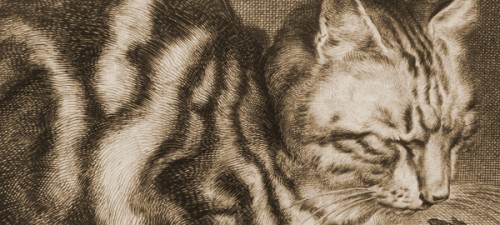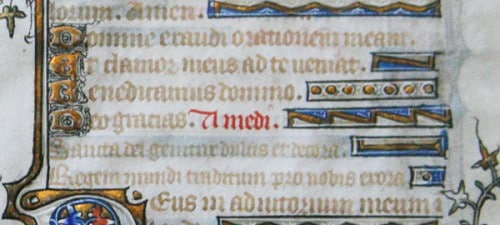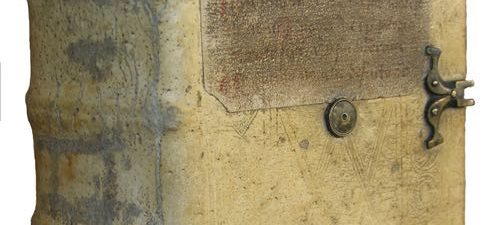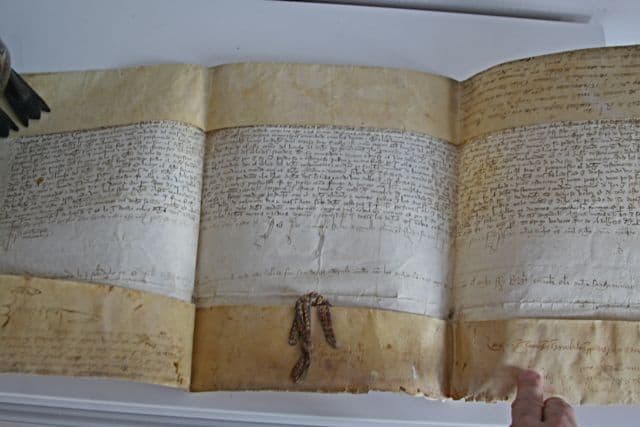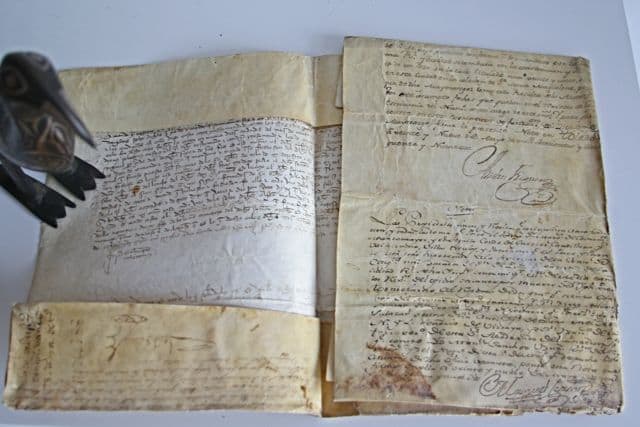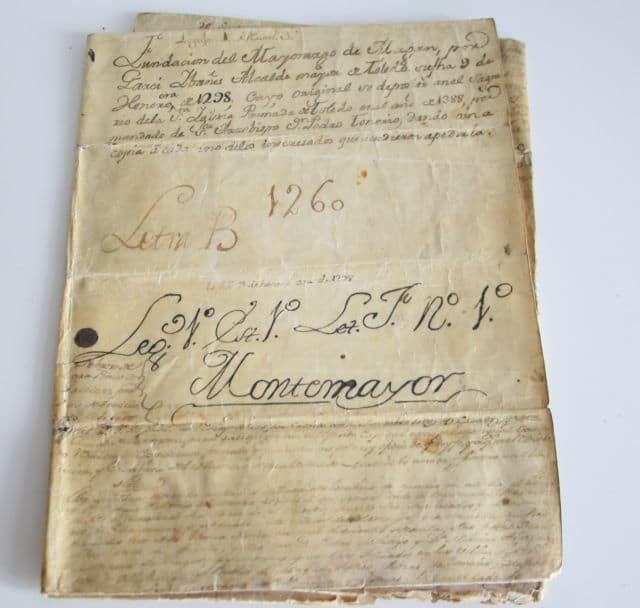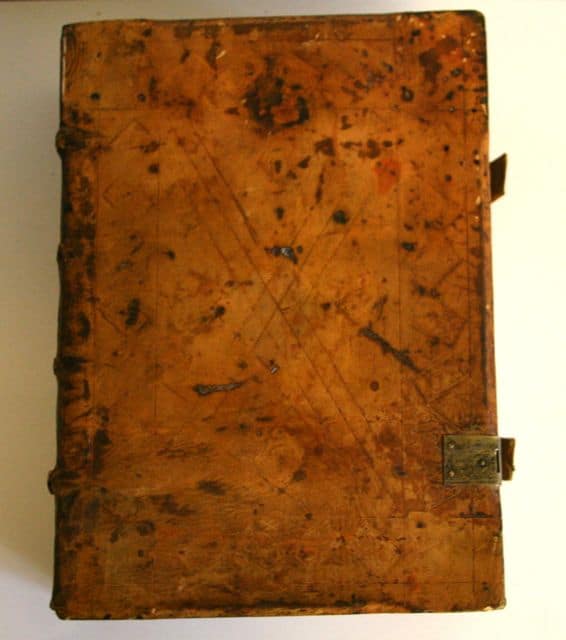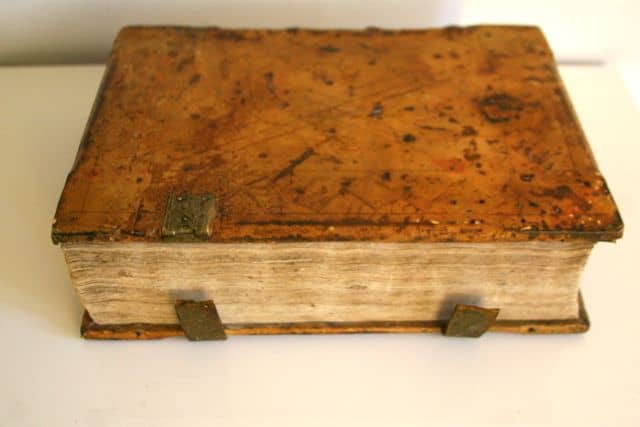February 7, 2010
The first work to give formal expression to the notion of an “English Empire”
PRINTED 1685: COMPLETE WITH BOTH MAPS AND THE PLATES
B[URTON], R[obert]. The English Empire in America: Or a Prospect of His Majesties Dominions in the West-Indies. Namely, Newfoundland New-England New-York Pennsylvania New-Jersey Maryland Virginia Carolina Bermuda’s Barbuda Anguilla Montserrat Dominica St. Vincent Antego Mevis, Or Nevis S. Christophers Barbadoes Jamaica With an account of the Discovery, Situation, Product, and other Excellencies of these Countries. To which is prefixed a Relation of the first Discovery of the New World called America, by the Spaniards. And of the Remarkable Voyages of several English-men to divers places therein. London: Printed for Nath. Crouch, 1685. 12mo., 15cm x 8.5 cm., with publisher’s advertisements on last leaf, engraved frontispiece map depicting Newfoundland to Florida, engraved plates of “the Caribee Islands,” and two showing “Strange Creatures in America” (armadillo’s, alligators, etc.). Map of east coast of North America from Maine to Georgia, with ill. Old Calf boards, heavily worn as depicted, boards broken, flyleaf and t.p. loose but present, some browning and chipping, minor loss to front map as depicted, COMPLETE. Old 1909 Bookseller’s label pasted to inner front board for the 1698 edition for the high price $15.00, and noted as “excessively rare.” Ref: Howes B1034; Sabin 9499. $5500
This work, by R.B., the pseudonym of Nathaniel Crouch, was the first work to give formal expression to the notion of an “Empire”; understood to be the assertion of dominion over foreign places and people, the introduction of whites and slaves, and the creation and maintenance of settlements as well as trade monopolies. It advanced an economic notion of the American Dominions as being an important economic entity, in the national interest to cherish, nurture, protect, and defend, and therefore did much to raise the importance of the colonies in the English consciousness. [Ref: William Roger Louis, Alaine M. Low, Nicholas P. Canny., The Oxford History of the British Empire]
The work includes fascinating passages from the Indian Captivity of Quentin Stockwell to the founding of New York. A copy of the the famous map was exhibited by the NYPL in “American Shores”.



